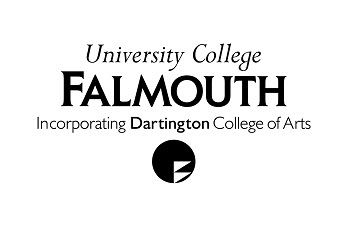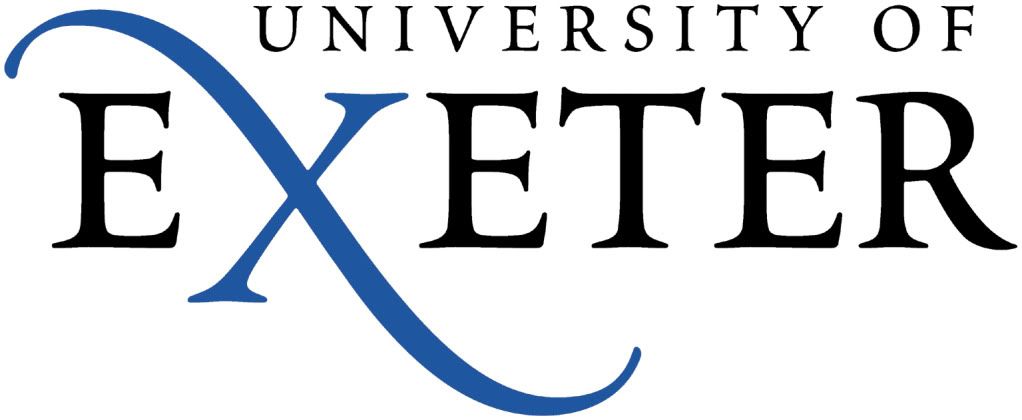The Archive team at the University of the Arts Berlin is made up of Senior Archivist, Dr Schenk, and two part-time archivists. On my second day at the Archive, I helped Antje with an enquiry. Antje is one of the part-time archivists who is also working on a funded project, and will be coming to Falmouth in October to work at our Archive Service for a week. An enquiry had been passed on from the Exmatriculation office about a possible past student at Der Berliner Kunstgewerbeschule (the Berlin School of Arts and Crafts) who would have attended in the early 1900s. In essence, this was very similar to the family history enquiries we receive through our Camborne School of Mines archive. For these enquiries we usually look through our student registers for any evidence of the individual, and that is exactly what we did for this enquiry. Being a preceding institution of the University, the records of the Arts and Crafts School and therefore the student registers are held in the Archive. The students were registered each term and their entries include details like name, age, birthplace, trade, previous studies, area of study etc, very much like our CSM registers.
 |
Berlin Arts & Crafts School student register 1901/02
© Mary Allen |
Unfortunately, I was unable to find any evidence of this particular student in the register, but as we always say, this is not evidence of absence! The Archive Service frequently receives internal enquiries such as this, often regarding former students who would like to know what marks they achieved, the dates they attended and so on. This is because they take on almost a records management role by looking after all semi-current student records. The relevant records, once found, are sealed and sent through the internal post. All files sent out are logged in a book and can be kept for up to three months.
Antje also introduced me to her project
Music Archives in Post-War Germany, which has been funded by the German Research Foundation (Deutsche Forschungsgemeinschaft) and is being done in collaboration with the Faculty of Music. The result will be an inventory of all music archives and collections in Post-War Germany, Austria and Switzerland that will act as a finding aid for researchers. This will come in the form of a database and a book and will describe the structure of archives and theories like Provenance to help researchers use and understand the archives. The scale of the project is huge: for every institution in the database there is a description - adress, website, who the archive is responible to, history of the archive - and then a list of all the collections that fit into the theme of Music in Post-war Germany within that institution. Selecting a collection from this list will open a new window which tells you its reference, content, dates, extent, finding aids, creater of the collection, history of the collection and an index of institutions with related collections. It really will be an incredible tool for researchers on this subject; all this readily available information will save a huge amount of time and effort.
While looking at this database, I noticed that they use a very simple way of referencing. They use the same tree-structure as us in their arrangement of the archives, but the path through the tree (Fonds, Sub-fonds, Series, File, Item etc) is not reflected in their reference as ours is. Instead they use only two numbers which seem to basically reflect the collection/series (Bestand) and item/file. Each
Bestand that comes in is given the next running number, so that two sibling series might have very different
Bestand numbers depending on when it came into the archive or when it was catalogued. For example, this sign shows that on the left hand side of these shelves is Bestand 28, items 5384 to 9585 (click to enlarge):
 |
| © Mary Allen |
This system does have an obvious benefit over ours in that our reference numbers can get incredibly long and probably seem a bit unecessary to users not accustomed with how and why we give material the references we do. However there is no reflection in the reference of how each collection or series relates to another or the rest of the archive - i.e. its Provenance. As I thought about the advantages and disadvantages of this system I remembered
this interesting Blog post I read about whether users really need to know or care about the Provenance of the material they're looking at. Seeing from a reference that there is obviously some kind of heirarchy going on might tempt a user to ask about the material in the next folder, series or even collection and use the archive more laterally, which I think can only be a good thing.
A word which was mentioned a lot on my visit was
Zuständigkeit - which literally translates as 'competence; jurisdiction; responsibility'. This is basically a sense of duty which is written into the Archives Act of each State, and comes under Section 2 of the Berlin public records Act. The duty of the State Archive of Berlin is to collect archival material relating to the history of the State, its institutions and its people, and to preserve it and make it accessible. In this way, the Archive Service has a duty to collect, preserve and make accessible the records of the University of the Arts and its predecessor institutions.
 |
Files (or Akten) in the Archive
© Mary Allen |



























